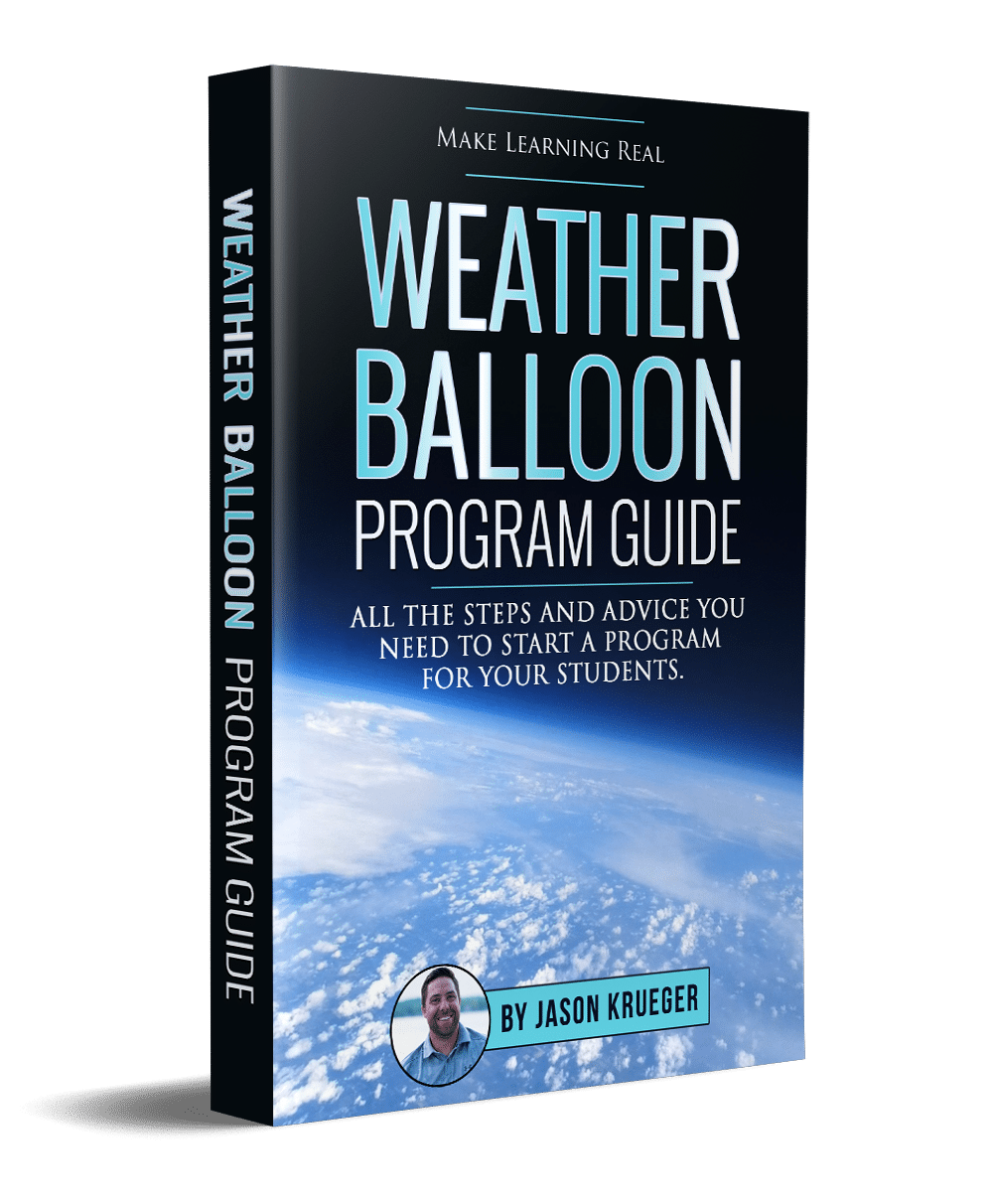For decades, people’s minds have been captivated by the fantastical galaxy in the Star Wars films. In this completely foreign universe where the Force reigns supreme, anything seems possible. With the most recent release of Star Wars at the forefront of everyone’s minds, how can teachers leverage this series of films to help students move from an interest in science fiction to an interest in science? Here are some ideas we had at StratoStar. (Nothing like a little Star Wars to really get kids thinking about high altitude science, right?)
Talk about what’s possible.
Believe it or not, there are actually a number of scientific elements in the Star Wars films that aren’t science fiction at all. Luke Skywalker’s bionic hand wasn’t that far off the mark with modern 3D printing technology. Tatooine’s famous pair of suns is actually a frequent occurrence in our own galaxy. Droids are becoming more and more commonplace and cloning is now possible. Have a fun brainstorming session with your students to talk about science at work in the films. Don’t forget to talk about what’s not possible yet, but might become so in the future.
Talk about the impossible.
Ask students to use what they know about physics and astronomy to find the scientific holes that exist in the Star Wars films. The series is littered with “errors” that will get students talking. Is there really sound in space? Is it possible to have artificial gravity on space ships? How can General Grievous fight on the surface of a star ship in outer space without his vital organs dissolving? What is a parsec and why would Han Solo brag about completing the Kessel Run “in just 12 parsecs”? It can be fun to take a work of science fiction and see how the real rules of the universe apply.
Inspire students to imagine.
It’s incredible to think about that fact that the Star Wars films evolved from the mind of George Lucas. While it’s easy to think of George Lucas as creative, most students don’t necessarily think of scientists and engineers as creative… yet they are. Without creativity, ideas would not exist, and without ideas, there would be no inventions. Challenge your students to solve an everyday problem by coming up with a Star Wars-esque solution. It’s okay if the solution isn’t entirely scientifically plausible. Use it as an opportunity to help students find the holes in their own ideas and create new iterations of their initial concept. This type of brainstorming can get students thinking creatively about the problem-solving aspects of the scientific process.
Want to get your students interested in high altitude science? Take them to the edge of space with a weather balloon project.
Did you know it’s now possible to take your students to the edge of space with a StratoStar weather balloon project? If they enjoy the science behind the Star Wars films, they will love the creativity they have in designing their own weather balloon experiment, which will culminate in a live weather balloon launch at your school. Curious to see how it works? Try our virtual launch so you can see what a weather balloon launch with StratoStar will be like.



